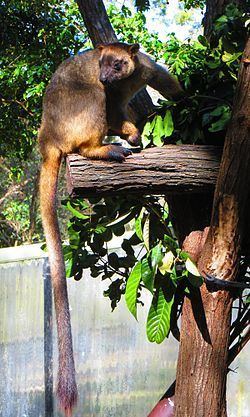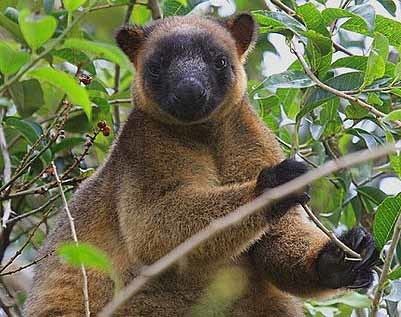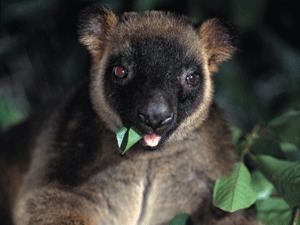Infraclass Marsupialia Scientific name Dendrolagus lumholtzi Rank Species | Phylum Chordata Genus Dendrolagus Higher classification Tree-kangaroo | |
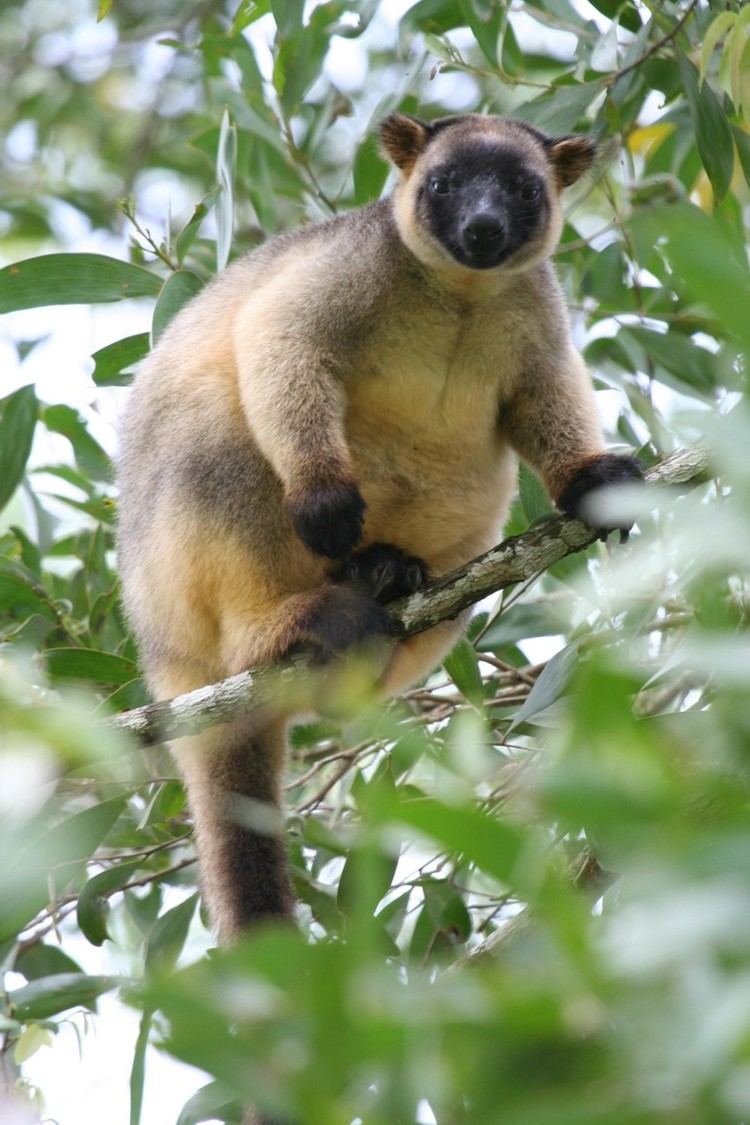 | ||
Similar Tree‑kangaroo, Bennett's tree‑kangaroo, Whiptail wallaby, Matschie's tree‑kangaroo, Dactylopsila | ||
Lumholtz s tree kangaroo threatened species wildspace australia
Lumholtz's tree-kangaroo (Dendrolagus lumholtzi) is a heavy-bodied tree-kangaroo found in rain forests of the Atherton Tableland Region of Queensland. Its status is classified as least concern by the IUCN, although local authorities classify it as rare. It is named after the Norwegian explorer Carl Sofus Lumholtz (1851–1922), who discovered the first specimen in 1883.
Contents
- Lumholtz s tree kangaroo threatened species wildspace australia
- Description
- Social behaviour
- References
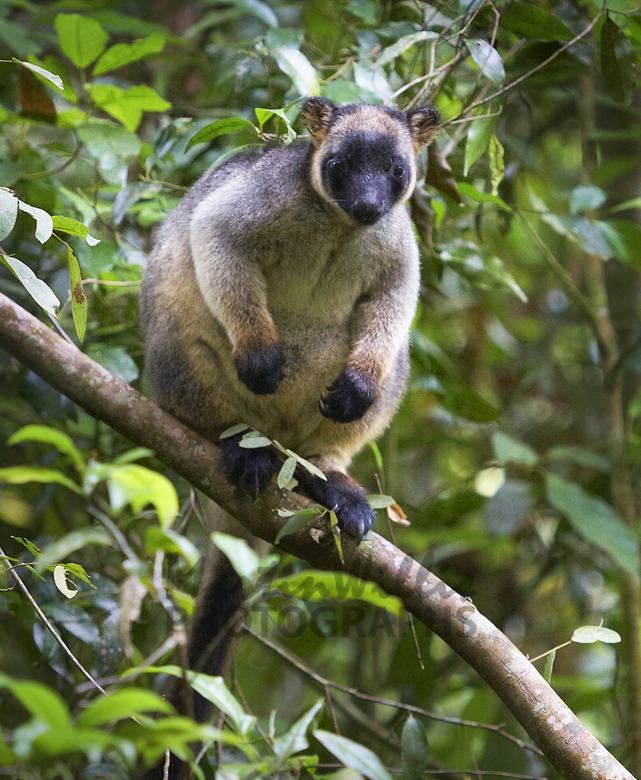
Description
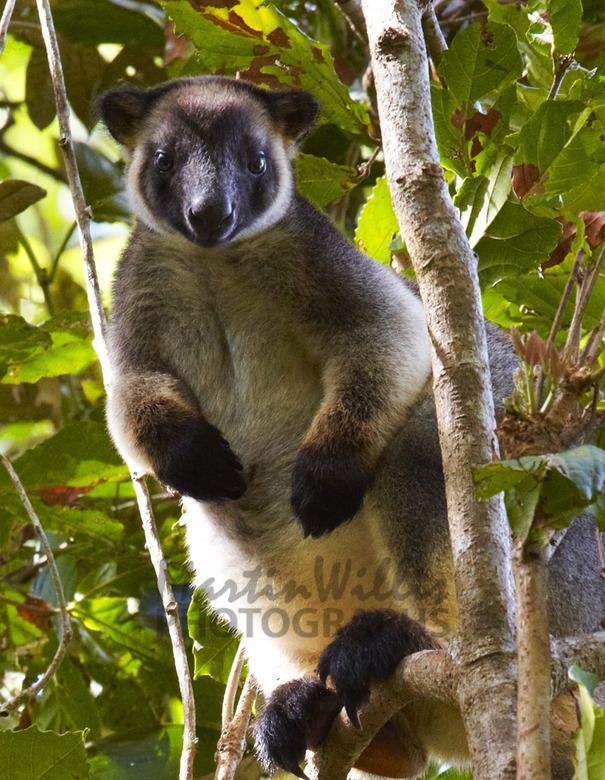
It is the smallest of all tree-kangaroos, with males weighing an average of 7.2 kg (16 lbs) and females 5.9 kg (13 lbs). Its head and body length ranges from 480–650 mm, and its tail, 600–740 mm. It has powerful limbs and has short, grizzled grey fur. Its muzzle, toes and tip of tail are black.
Social behaviour
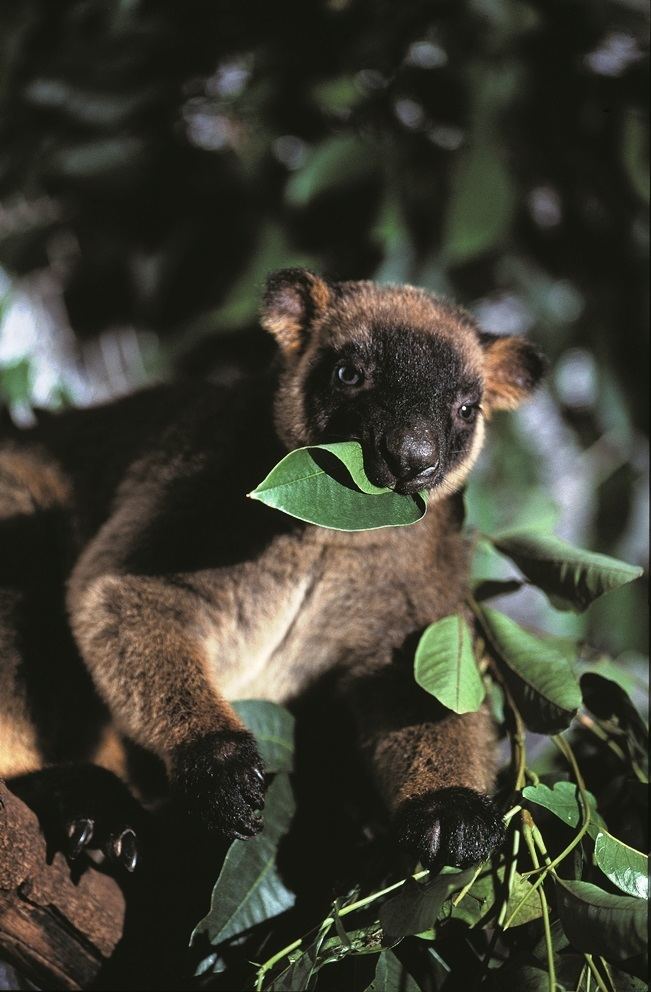
Lumholtz's tree-kangaroo lives in small, loose-knit groups of three to five, consisting of a male and female mates. Each kangaroo maintains a "home range" and will be hostile towards a member of the same gender that enters it (the one exception seems to be non-hostile encounters between adult males and their male offspring). Thus, the male will protect his own range, and visit the ranges of the females in his group. Mating takes place in episodes of about twenty minutes, and is often quite aggressive.
